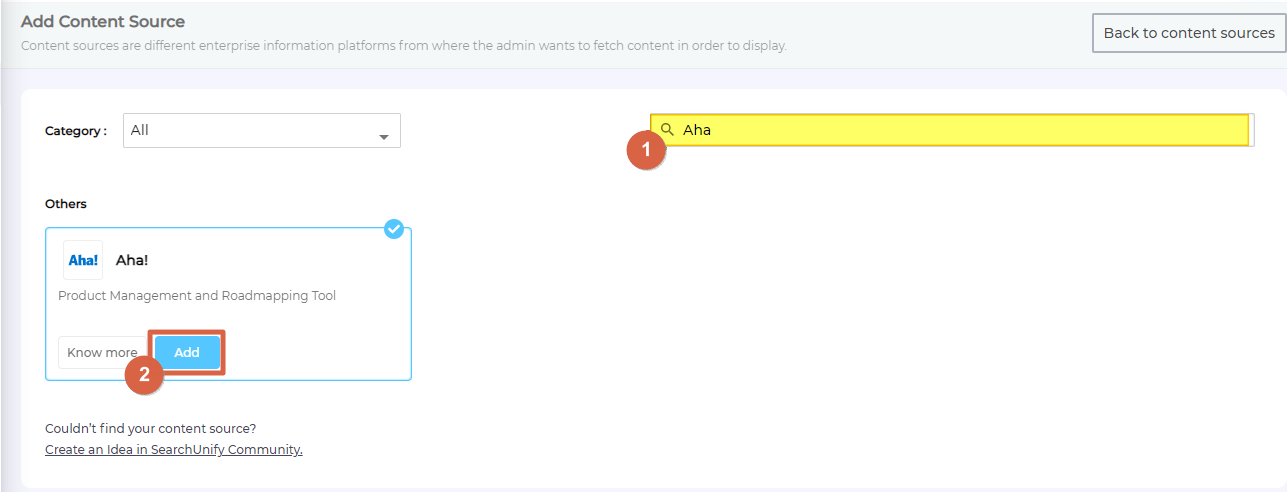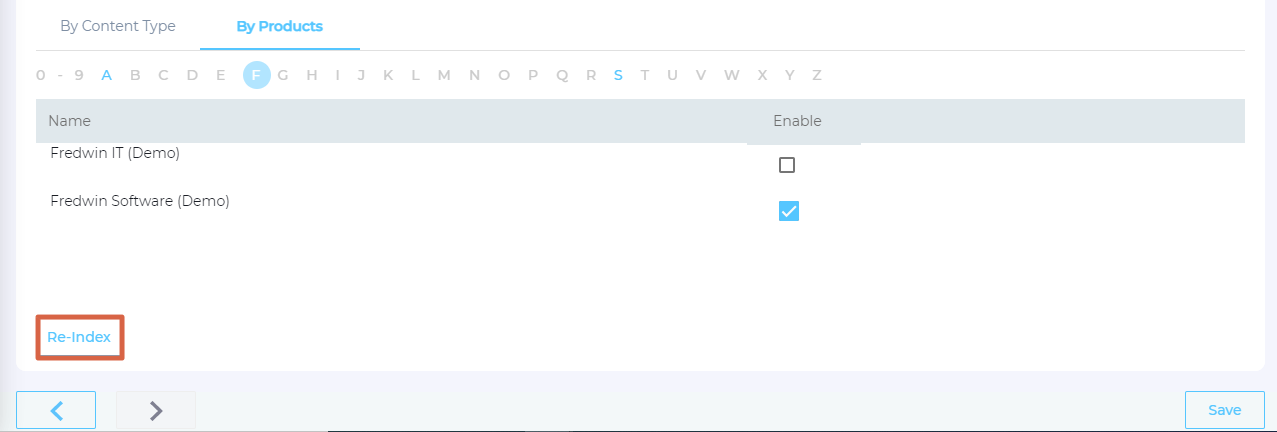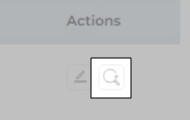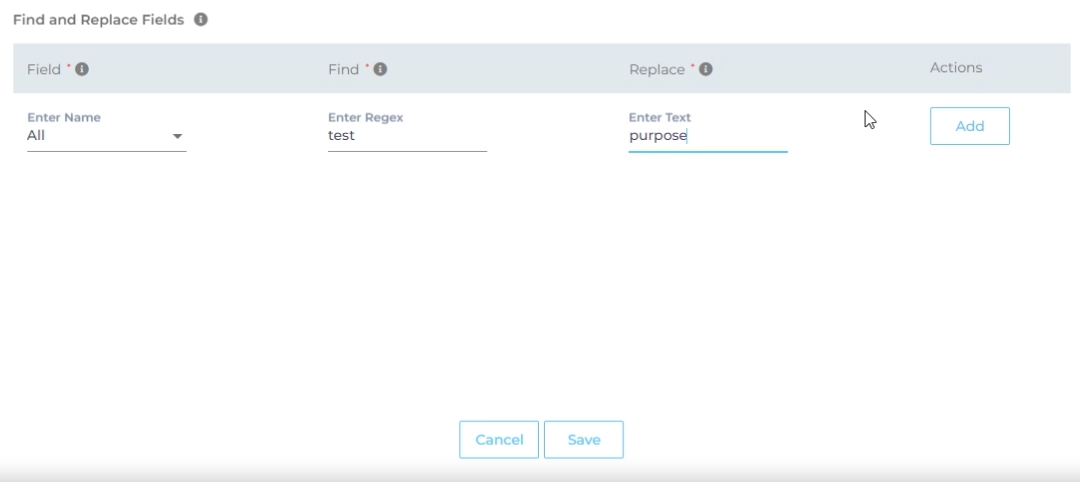Use Aha! as a Content Source
This article walks you through the steps of using Aha! as a content source.
PREREQUISITES.
You should have view access to the products to be crawled.
PERMISSIONS
SearchUnify respects Aha! permissions in search. It means that the ideas with permissions set to "Not visible" don't appear in the search results. And if an idea is "Visible to creator", then the idea can only be found by the idea creator in search results.
Establish a Connection
- Find Aha! and click Add.
- In the form, enter:
- Name. A name for your content source. A name is used to distinguish a content source form others in the admin panel. In the image, the sample name is "Aha Product Ideas."
- Client URL. The Aha! instance URL.
- Language. Select the languages in which the features have been described. English is set by default.
- Authentication Type. Select either OAuth or API.
- OAuth is selected by default. A Client ID and Client Secret are needed for OAuth to work. The procedure to obtain both from Aha! has been described in Get Your Aha! API Key, Client ID, and Client Secret .
- API. When API is selected, a new field API Key appears. Enter your Aha API Key in the field. API keys are generated from Aha. The key is used in the same way as an OAuth token in the headers. For example: curl -H "Authorization: Bearer 1111111111" https://company.aha.io/api/v1/features/APP-1. Here, 1111111111 is the API Key.

- Click Connect.
Re-Connect
An admin can edit a Content Source for multiple reasons, including:
-
To reauthenticate
-
To fix a crawl error
-
To change frequency
-
To add or remove an object or a field for crawling
When a Content Source is edited, either a Connect or a Re-Connect button is displayed.
-
Case 1: When the Connect button is displayed:
-
When the Connect button is displayed if the Content Source authentication is successful. Along with the button, a message is displayed There are no crawl errors and the Content Source authentication is valid.
-
Fig. The Connect button is displayed on the Authentication tab.
-
Case 2: When the Re-connect button is displayed:
-
The Re-connect button is displayed when the authentication details change or the authentication fails for any reason.
-
In both cases, the Content Source connection must be authenticated again. To reauthenticate a Content Source, enter the authentication details, and click Re-Connect.
-
Fig. The Re-Connect button is displayed on the Authentication tab.
Set Up Crawl Frequency
The first crawl is always performed manually after configuring the content source. In the Choose a Date field, select a date to start the crawl; only data created after the selected date will be crawled*. For now, leave the frequency set to its default value, Never, and click Set.
Fig. The Frequency tab when "Frequency" is set to "Never".
Select Idea Fields and Projects for Indexing
SearchUnify can index the sole Aha! content type, idea. You can select idea fields for indexing in By Content Type. For instance, you can crawl and index only titles and authors. By Projects allows you to index the ideas linked with selected projects.
- Click
 to select
to select ideafields for indexing. - On moving to By Projects, check projects. In the next image, projects "Fredwin Cycling Product (Demo)" and" Fredwin Software (Demo)" have been selected. The ideas linked to both projects will be indexed. Then, click Save.
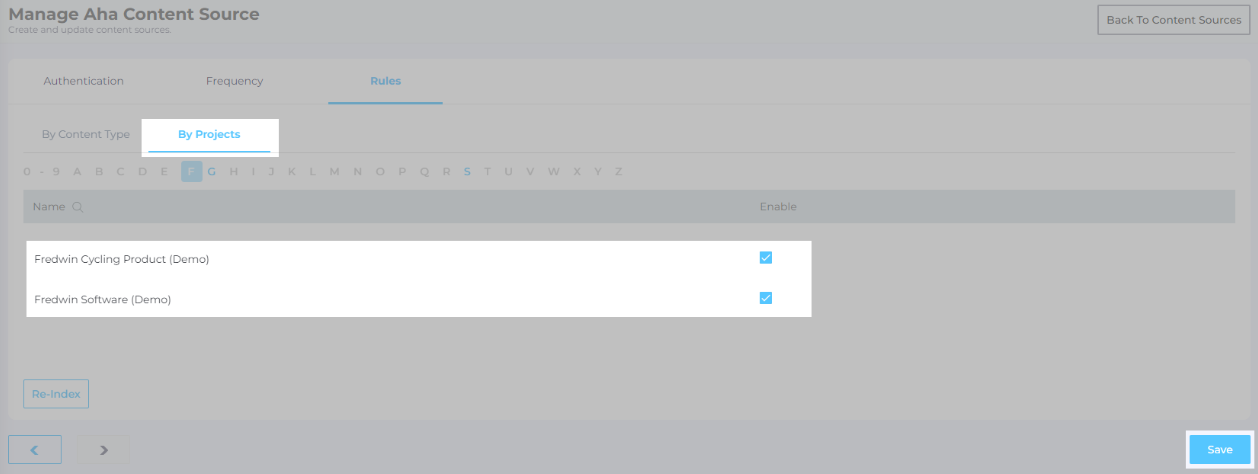
NOTE.
Click Reindex to view newly-added projects.
Find and Replace
Users on the Q2 '24 release or a later version will notice a new button next to each object on the Rules screen. It resembles a magnifying glass and is labeled "Find and Replace." You can use this feature to find and replace values in a single field or across all fields. The changes will occur in the search index and not in your content source.
Fig. The "Find and Replace" button on the Rules tab in the Actions column.
Find and Replace proves valuable in various scenarios. A common use case is when a product name is altered. Suppose your product name has changed from "SearchUnify" to "SUnify," and you wish for the search result titles to immediately reflect this change.
-
To make the change, click
 .
. -
Now, choose either "All" or a specific content source field from the "Enter Name" dropdown. When "All" is selected, any value in the "Find" column is replaced with the corresponding value in the "Replace" column across all content source fields. If a particular field is chosen, the old value is replaced with the new value solely within the selected field.
-
Enter the value to be replaced in the Find column and the new value in the Replace column. Both columns accept regular expressions.
Fig. Snapshot of Find and Replace.
-
Click Add. You will see a warning if you are replacing a value in all fields.
-
Click Save to apply settings
-
Run a crawl for the updated values to reflect in the search results.
After the First Crawl
Return to the Content Sources screen and click ![]() in Actions. The number of indexed documents is updated after the crawl is complete. You can view crawl progress by clicking
in Actions. The number of indexed documents is updated after the crawl is complete. You can view crawl progress by clicking ![]() (View Crawl Logs) in Actions.
(View Crawl Logs) in Actions.
Once the first crawl is complete, click ![]() in Actions to open the content source for editing, and set a crawl frequency.
in Actions to open the content source for editing, and set a crawl frequency.
-
In Choose a Date, click
 to fire up a calendar and select a date. Only the data created or updated after the selected date is indexed.
to fire up a calendar and select a date. Only the data created or updated after the selected date is indexed. -
The following options are available for the Frequency field:
-
When Never is selected, the content source is not crawled until an admin opts for a manual crawl on the Content Sources screen.
-
When Minutes is selected, a new dropdown appears where the admin can choose between three values: 15, 20, and 30. Picking 20 means that the content source crawling starts every 20 minutes.
-
When Hours is selected, a new dropdown is displayed where the admin can choose between eight values between 1, 2, 3, 4, 6, 8, 12, and 24. Selecting 8 initiates content crawling every 8 hours.
-
When Daily is selected, a new dropdown is displayed where the admin can pick a value between 0 and 23. If 15 is selected, the content source crawling starts at 3:00 p.m. (1500 hours) each day.
-
When Day of Week is selected, a new dropdown is displayed where the admin can pick a day of the week. If Tuesday is chosen, then content source crawling starts at 0000 hours on every Tuesday.
-
When Day of Month is selected, a new dropdown appears where the admin can select a value between 1 and 30. If 20 is chosen, then content source crawling starts on the 20th of each month.
It is recommended to pick a date between the 1st and 28th of the month. If 30 is chosen, then the crawler may throw an error in February. The error will be “Chosen date will not work for this month.”
-
When Yearly is selected, the content source crawling starts at midnight on 1 January each year.
Fig. The content source crawling starts at 00:00 on each Tuesday.
-
- Click Set to save the crawl frequency settings.
-
Click Save.
Data Deletion and SU Index
Ideas removed from your Aha! instance don't disappear from the SearchUnify index and may still show up in the search results. A technical limitation restricts SearchUnify from capturing deletion APIs. You can overcome limitation with a webhook. A webhook sends deletion events to SearchUnify in real time and keeps the index up-to-date. To set up a webhook, go to Create an Aha! Webhook for Event Subscription.



